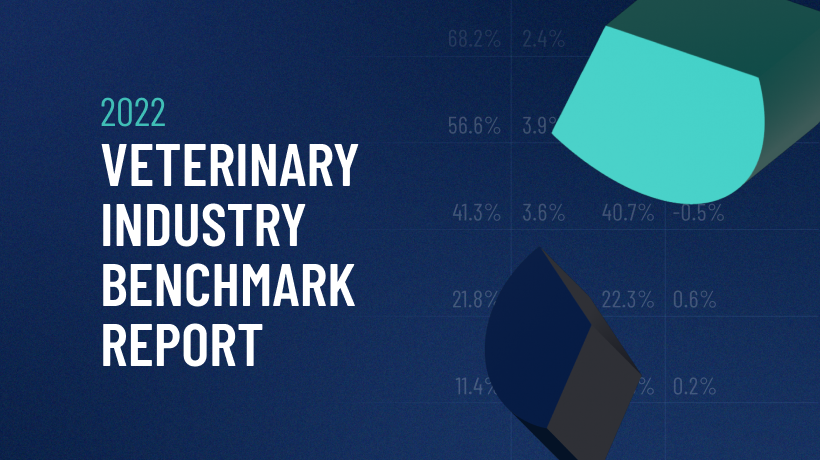Slipping Through the Cracks: The Power of Call Tracking in Veterinary Practices
In the busy world of veterinary care, missed opportunities can be costly—not just financially but also in delivering essential care to pets. Below, we’ll explore key factors behind these missed chances and offer actionable insights to help veterinary professionals improve operations. From declining booking rates to optimizing client interactions, we’ll cover everything you need to boost your practice’s effectiveness.
Understanding the Costly Missed Opportunities
Veterinary hospitals are bustling centers of care, but they can also be breeding grounds for missed opportunities. These can manifest in various ways, from missed appointments to unaddressed client concerns, each representing a lost chance to deliver care. Understanding these gaps is crucial for any practice aiming for excellence.
One of the most significant issues is declining booking rates for new clients. Many practices have observed fewer clients securing appointments despite their evident interest. This is not merely a number game; it’s about pets that miss essential care and practices that lose potential revenue.
A deeper examination reveals that these missed opportunities are interconnected with several other factors—from how phone interactions are handled to the impacts of scheduling hurdles. Each issue compounds the others, creating a cycle that’s hard to break without strategic intervention.
Booking Rates Decline
The decline in booking rates is a pressing concern. Industry statistics show that the average booking rate for new clients has fallen to a mere 36% in 2024, a stark drop from the pre-pandemic benchmark of 65%. Essentially, fewer than four out of ten potential new clients who express an interest by calling for an appointment actually end up scheduling one. This represents a significant number of pets not getting the care they need.
During the pandemic, veterinary practices faced unique challenges, which contributed to this decline. Operational constraints were numerous, including staffing shortages and increased safety protocols. However, as these constraints have eased, booking rates have not rebounded as expected, suggesting deeper systemic issues.
This persistent low booking rate points to underlying hurdles that need addressing. Practices must explore and understand these barriers to improve their booking processes and ensure more pets receive essential care while maintaining a healthy influx of new clients.
Clients Are More Price-Sensitive Than Ever
Today’s veterinary clients are more price-sensitive than they have been in recent memory. Economic uncertainties have made pet owners more cautious about spending, impacting their willingness to schedule services. This heightened sensitivity can lead to hesitation in booking appointments, especially if pricing isn’t transparent or competitive.
Understanding this shift in client mindset is crucial for veterinary practices. Providing clear, upfront pricing and offering flexible payment options can make a significant difference. Additionally, highlighting the value and benefits of services can reassure clients and encourage them to prioritize necessary care.
Practices that fail to adapt to this new economic landscape risk losing clients to competitors who better address these financial concerns. By proactively acknowledging and adjusting to these sensitivities, veterinary hospitals can maintain and even increase their client base.
Scheduling Hurdles Are a Real Challenge
Scheduling remains a significant hurdle for many veterinary practices. The complexity of balancing staff availability, accommodating emergencies, and managing client preferences can lead to inefficiencies and frustrations on both sides.
Automation and scheduling software can play a pivotal role in streamlining this process. By implementing robust systems that allow for online bookings and flexible scheduling options, practices can reduce the burden on front office staff and increase client satisfaction.
It’s also vital to regularly review and adjust scheduling policies to meet current demands. This might include extending hours or offering more diverse time slots to accommodate varying client needs. By addressing these scheduling challenges head-on, practices can improve operational efficiency and client experience.
Phone Interactions Are Making or Breaking First Impressions
The phone is often the first point of contact between a veterinary practice and a potential client, making it a critical factor in shaping first impressions. A positive initial interaction can be between securing a new client or losing them to a competitor.
Training staff to handle calls effectively is essential. This includes answering promptly and communicating clearly, empathetically, and knowledgeably. Ensuring staff are well-versed in answering questions about services and pricing is crucial to building trust and rapport with potential clients.
Regular audits of phone interactions can help identify areas for improvement. Investing in customer service training and technology to support call management can significantly enhance these initial client interactions, leading to higher booking rates and client retention.
It’s Time to Take the Insights Provided by Call Tracking Seriously
Call tracking offers invaluable insights into client interactions and booking processes. Yet, many veterinary practices underutilize this tool. By analyzing call data, practices can clearly understand where opportunities are being missed.
Call tracking can reveal patterns, such as peak call times and common client queries, helping practices optimize staffing and training efforts. It can also provide feedback on the effectiveness of marketing campaigns, showing how many inquiries convert into bookings.
By taking call tracking insights seriously, practices can implement targeted strategies to improve client interactions and booking rates. This data-driven approach can transform how practices operate, ensuring they make the most of every opportunity to serve and grow.
What’s Next
The veterinary industry faces unique challenges, but with these challenges come opportunities for improvement and growth. By understanding and addressing the factors that contribute to missed opportunities, practices can enhance their efficiency and client satisfaction.
Declining booking rates, price sensitivity, scheduling hurdles, and the critical nature of first interactions are all areas ripe for improvement. By leveraging insights from tools like call tracking and adopting a solution-oriented mindset, veterinary practices can turn potential losses into gains.
For practice owners and managers, the path to improvement is clear. By focusing on these key areas, you can ensure your practice not only survives but thrives in the competitive landscape.
Remember, we’re here to help. Book a demo to see how we can help grow your practice.







